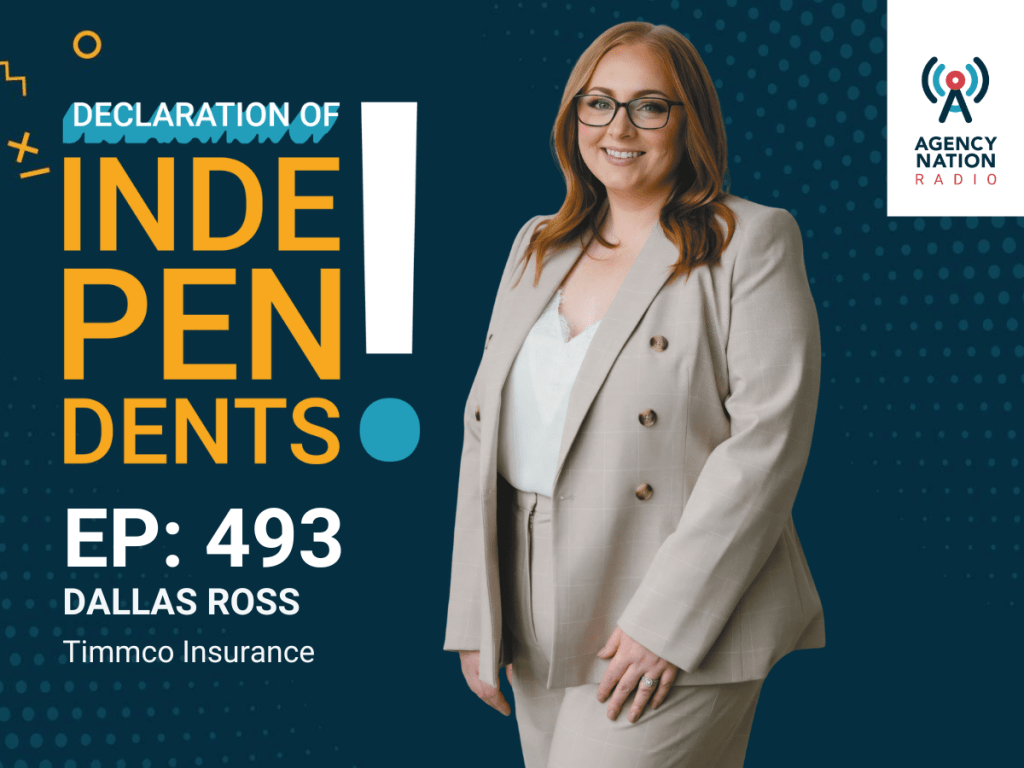In the Groove: 5 Steps for Onboarding New Producers

By: Bill Harwood
New producers face a dual challenge when they join an agency: absorbing the massive range of information about their new employer, and gaining a clear understanding and appreciation for their new working environment.
The solution? A comprehensive and disciplined onboarding experience. According to the Brandon Hall Group, organizations with a strong onboarding process improve new hire retention by 82% and productivity by more than 70%.
A full orientation is essential for fully assimilating new employees to your agency—and, ultimately, to their success as a representative of your firm. But most new-hire orientations are limited to the agency’s history, organizational chart and management team, brief descriptions of key staff and business units, and an introduction to the department they’ll be joining (yawn).
1) Develop a formal plan. Build a comprehensive, organized onboarding plan and timeline for the new hire. The onboarding plan should:
-
Identify all critical knowledge elements the producer must acquire.
-
Register all operational elements they must understand and execute.
-
Document all critical background and historical contexts they need for efficient and effective performance.
An effectively designed onboarding plan expands the new hire’s knowledge beyond their own practice, creating opportunities to not only meet and greet but engage with other individuals from the other practices or service teams. A holistic menu of what the agency offers creates a culture of collaboration from day one—and it can prove beneficial down the road.
Ideally, the onboarding plan should include detail for the first two or three weeks, with day-by-day goals and activities. After the first few weeks, it should transform into a month-to-month plan with big-picture objectives and goals for the individual to map into their days and weeks on the job, as well as real work contributions.
The plan must strike a balance between self-directed activities that motivate direct action and manager engagement that adds important details and context—and ensures the individual’s onboarding stays on track. The onboarding plan should also include firm, realistic deadlines to hold your new hire accountable, plus give them a sense of accomplishment as they complete tasks on their list.
2) Don’t curb the enthusiasm. The traditional orientation process is fine, but it lacks passion, and it fails to give new employees enough opportunity to interact and engage with the content. The best orientations for today’s worker offer extensive interaction with a firm’s value proposition and strategy, including specifics about competitive advantages in the agency’s territory and markets.
Ask yourself questions like: What differentiates your agency from the rest? Why did your new hire make the best choice by joining your agency? Why are you passionate about what you do? Good producers have a clear understanding of insurance coverage and sales tactics; great producers also lead with excitement and emotion. Give your salesperson the heart fuel they need to get their engines revving early, and keep it going to make sure they accelerate into the future.
Giving a new salesperson an assignment to research and articulate your agency’s value proposition is an excellent, self-paced task for not only acquiring the necessary perspectives on operations, but also engaging with multiple internal resources. The process builds relationships across the agency, giving the new hire access to a range of valid perspectives on what drives agency success.
3) Gauge existing knowledge and skill level. Next comes a big challenge: accurately understanding the new employee’s knowledge, skills and competencies. While professional designations and certifications are decent indicators of previously acquired professional knowledge, how the employee has used and leveraged their knowledge and skills in prior jobs can also be influenced by the environment of their prior agency.
For example, was your new recruit the lead resource or subject expert for certain topics, or was their role supporting the lead resource? Can they cite contextual examples or stories of how they applied their expertise to provide advice to a client? How complex were some of their account or clients?
Engage in open and positive discussion about the use and application of a new salesperson’s knowledge and skills at their previous agency. Don’t interrogate or give the impression that you are disappointed in what they tell you—very few new hires will share the exact skills and competencies of the most proficient of your existing staff. Most will be anxious to get involved and contribute as quickly as possible, but your agency’s accounts may have other complexities, internal workflows and decision-making processes to which they must adjust.
4) Compare and contrast. As you compile a summary of the new hire’s knowledge and skills through ongoing discussions and interactions over their first weeks, you should also compare that summary with known job requirements. Most should already be codified in job descriptions, but your active engagement with the new hire will likely generate important customized knowledge and skills that will flesh out the original job description. For example, the role may have unique elements related to the type of accounts or territory the new hire will be responsible for.
Ultimately, the two-step process of compiling detailed knowledge and skills, then cross-referencing those elements to exact job needs, will serve both the new hire and manager well. The manager obtains an advanced set of validated expectations, while the new employee receives a detailed breakdown of most critical elements of the job.
5) Sustain the enthusiasm. Providing encouragement and observations immediately will set the pattern for future feedback discussions. After that, hiring is an investment that requires attention. Set up time each week to meet with the new recruit—you may have them accompany you to client visits or meetings, but that’s no substitute for one-on-one time.
Try meeting every Monday for 20 minutes to set the week’s objectives, and again on Thursdays to review progress. Ask questions and encourage the new hire to share their observations and perceived challenges. Part of creating an open dialogue is avoiding judgement. Listen and offer suggestions—jumping to conclusions early in the process doesn’t do any good.
As a new producer’s onboarding moves past the initial phase and into the regular execution of their responsibilities, transitioning into ongoing development marks the handoff between the agency’s onboarding track and the company’s performance management process. New hires often sense a strong drop-off in coaching and feedback after demonstrating core performance over their initial three months with an agency—a transition gap with many negative consequences, considering most new employees are still adjusting into an agency during their first year of employment.
At most agencies, full orientation to a book of business happens over the 12-month renewal cycle. Regardless of account similarities, the full profile of accounts and the multitude of relationships involved with both clients and carriers is not complete until the producer has handled all renewals. And in addition to the account work, the new employee is still building cross-departmental relationships and skillsets during that first year.
Even with solid introductions to all resources and experts at the beginning, a relationship isn’t strong until a new employee regularly works with others to solve issues at hand. Once these relationships actualize, your new hire will achieve significantly higher job productivity—as well as job satisfaction.
With this combination, clients get better service, the new salesperson gains confidence and feels appreciated, and the agency team becomes stronger and more effective.
Bill Harwood is co-founder and managing partner of New Level Partners, LLC, a learning and development company specializing in insurance.
Getting to Know YouNew producers joining your company from outside the industry face dozens of agency-specific operational details which are foreign to their prior professional experience: the complexity of the agency’s relationships with carriers and wholesalers, the workflow for compiling accurate submissions to comply with multiple carrier requirements, the process for deciding which carrier is best for a specific type of client. Make sure you show them the ropes. —B.H. |










